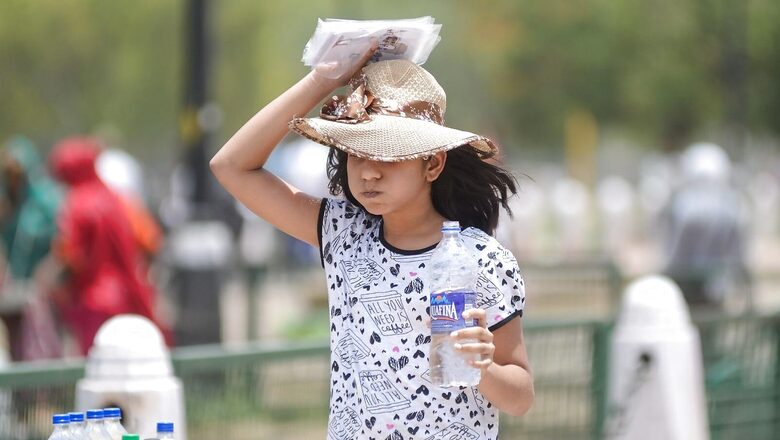
views
From a scorching heat wave in North India to heavy rainfall in the Northeast and red alert in Kerala, India has been witnessing myriad weather conditions. However, the sizzling temperatures up North have been in the limelight for over a month now.
In Delhi, the Safdarjung observatory recorded 45.6 degrees Celsius while two weather stations at Mungeshpur in northwest Delhi and Najafgarh in southwest Delhi reported 49.2 and 49.1 degrees Celsius, respectively, on Sunday.
Banda district in Uttar Pradesh’s Bundelkhand region recorded the maximum day temperature of 49 degrees Celsius, the highest in the state.
As per the India Meteorological Department (IMD) data, this was the highest-ever temperature recorded in Banda in May. The previous maximum temperature in the district was 48.8 deg Celsius on May 31, 1994.
Churu and Pilani in Rajasthan reported maximum temperatures of 47.9 and 47.7 degrees Celsius, respectively, followed by Sri Ganganagar and Jhansi (47.6), Narnaul (47.5), Khajuraho and Nowgong (47.4) and Hissar (47.2), the IMD said.
The weather office said the maximum temperature was markedly above normal (5.1 degrees or more) at several places in Himachal Pradesh, Haryana, Delhi, Jammu, Kashmir, Ladakh, Gilgit-Baltistan, Uttarakhand, Punjab, and Bihar.
IMD warning
The IMD has issued an “orange alert” for north-west India and a red alert for Rajasthan. “We have issued a red alert for Rajasthan for an intense spell of the heat wave, and a yellow alert for Monday. Similarly, we have issued an orange alert for Punjab, Haryana, Uttar Pradesh, eastern Madhya Pradesh and Delhi,” news agency ANI quoted the weather department as saying.
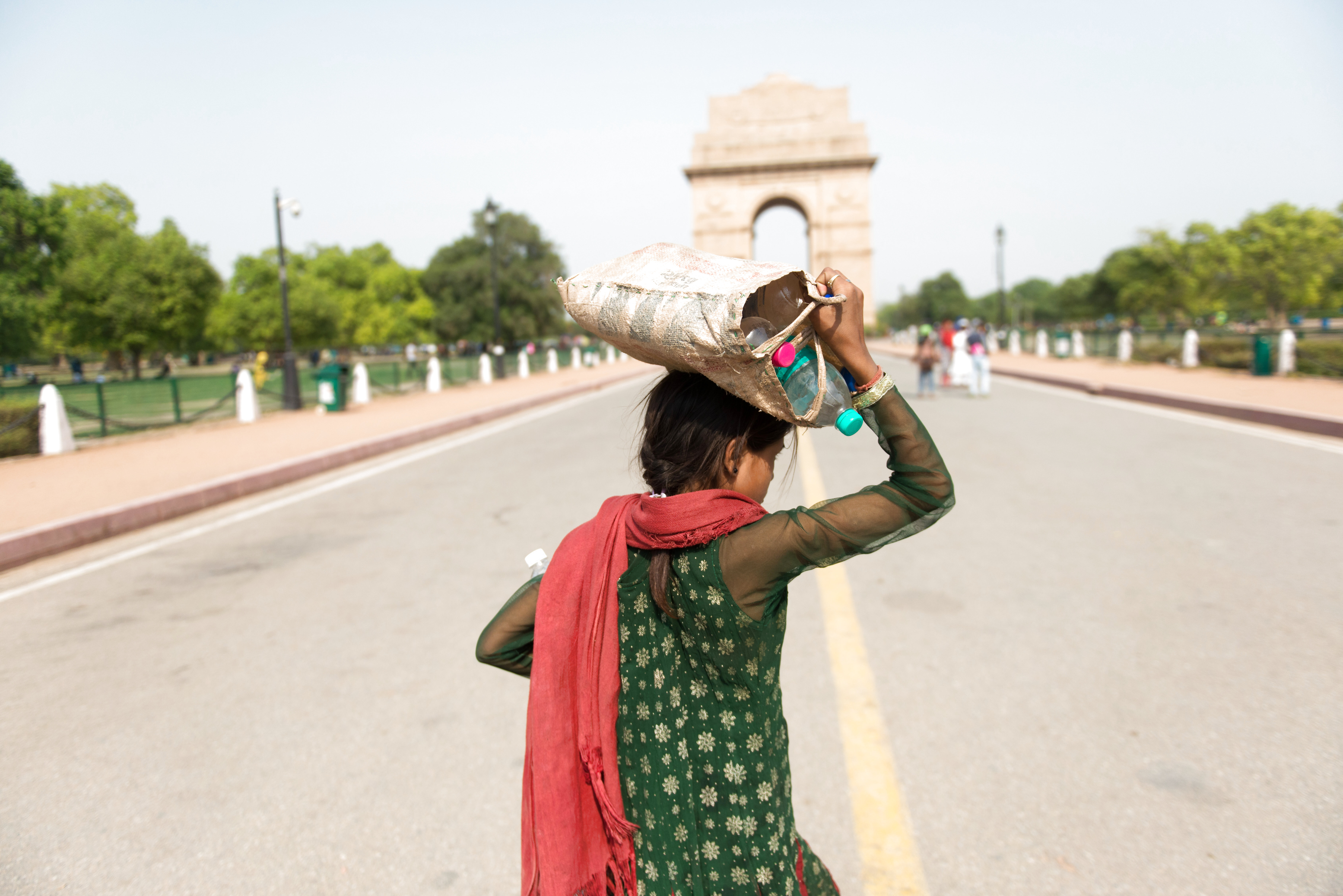
Madhya Pradesh will continue to reel under severe heat wave conditions for the next 2-3 days but with decreased intensity. In Uttar Pradesh, the heat wave will continue on Monday.
When is a heat wave declared?
A heat wave is declared when the maximum temperature is over 40 degrees Celsius and at least 4.5 notches above the normal. A severe heat wave is declared if the departure from normal temperature is more than 6.4 notches, according to the IMD. A severe heat wave is declared if the maximum temperature crosses the 47-degree Celsius mark.
What are the health complications possible?
A heatstroke is the most common outcome of being exposed to a heat wave. According to the Centre, ‘danger signs’ of a heatstroke in adults include: Altered mental sensation with disorientation, confusion and agitation, irritability, ataxia (a disorder that affects coordination, balance, and speech), seizure or coma; hot, red, and dry skin; core body temperature being greater than 40 degree Centigrade or 104 degree Fahrenheit; throbbing headache; anxiety, dizziness, fainting, and light headedness; muscle weakness or cramps; nausea and vomiting; rapid heartbeat or rapid and shallow breathing.
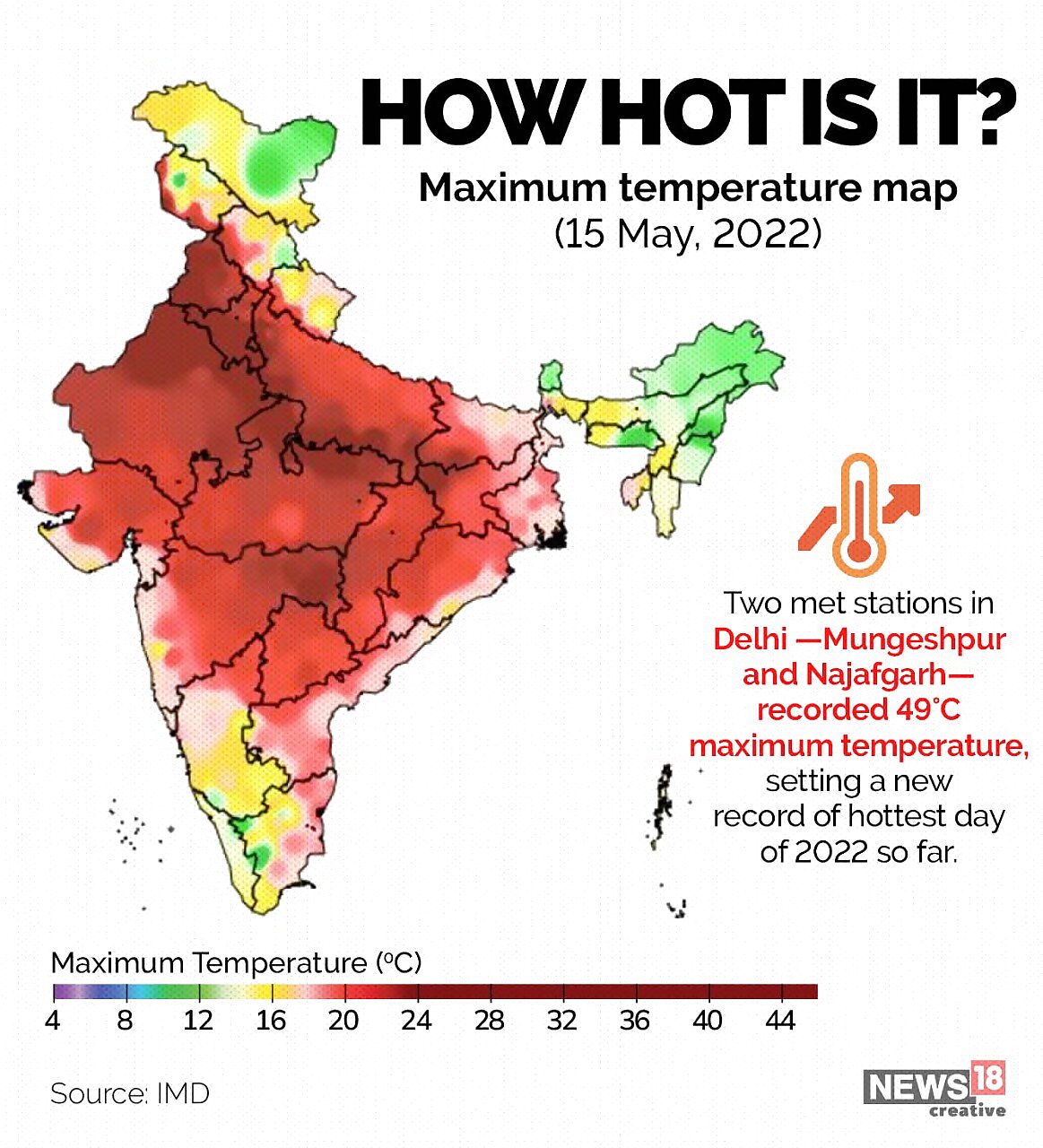
In children, the signs include: Refusal to accept feed; excessive irritability; decreased urine output; dry oil mucosa and absence of tears or sunken eyes; lethargy or altered sensorium; seizures; and bleeding from any site.
What to do in case of a heatstroke?
Call 109 or 102 immediately if you find someone with high body temperature is either unconscious, confused or has stopped sweating. While waiting for help, “cool the person right away” by moving the affected person to a cool place; applying cold water to large areas of the skin or clothing and fanning the person as much as possible.
Any other issues one may face?
The body lets off excess sweat to cool itself when the temperatures rise. As your temperature climbs higher, your kidneys start to struggle to keep up with the excess sweating and dehydration. This then leads to confusion and fatigue.
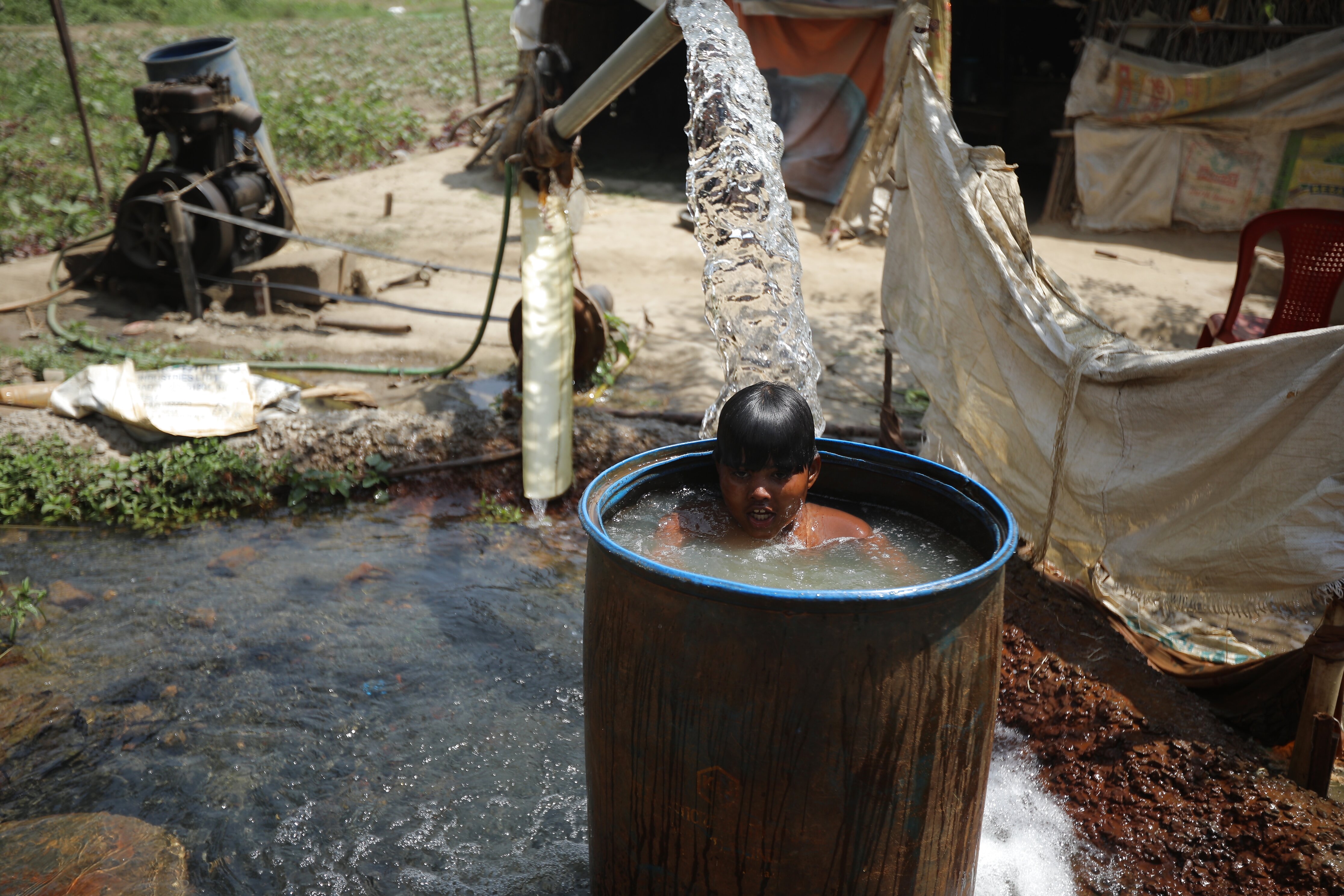
The loss of sodium and other electrolytes through sweating means your muscles start to cramp. While you may think drinking more water could resolve this, it just makes the situation worse because you’re diluting your body’s sodium reserves even further.
Your blood pressure gets lowered, the loss of fluids means the heart has less volume of blood to pump and this makes you feel faint.
How can one avoid these?
Stay hydrated, which includes drinking enough water even if not thirsty, carrying drinking water while travelling, using Oral Rehydration Solution (ORS) and home-made drinks like lemon water, butter milk, fruit juices with some added salt.
Stay covered by wearing thin, loose, cotton garments, cover your head during exposure to direct sunlight, and wear shoes or chappals while going out in the sun.
Stay indoors as much as possible, and limit and reschedule outdoor activities to cooler times of the day (morning and evening).
Avoid going out in the sun, especially between 12 pm and 3 pm.
Avoid cooking during peak summer hours and keep the cooking area adequately ventilated by opening doors and windows.
Avoid consuming alcohol, tea, coffee, carbonated soft drinks or drinks with large amounts of sugar.
Read all the Latest India News here


















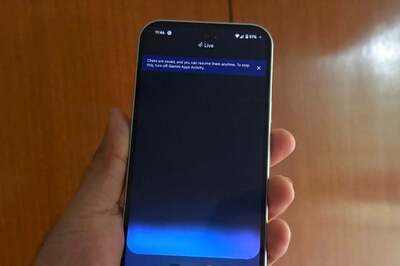
Comments
0 comment